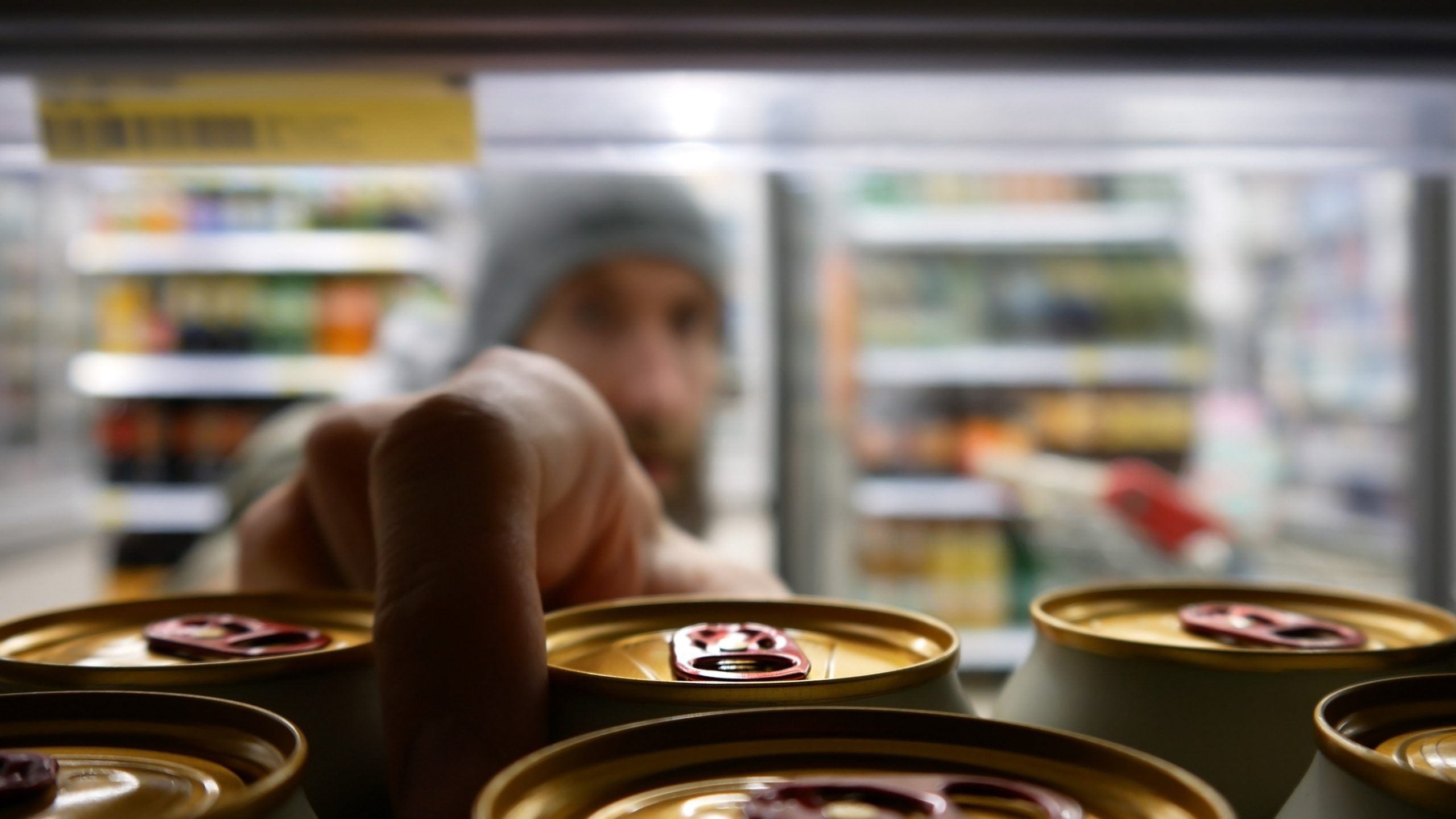
You see headlines about food recalls all the time—“Product X pulled for possible Salmonella,” etc.—and you probably think, “That wouldn’t happen to me.” But the truth is, many shoppers don’t catch the details until after they’ve already eaten the item or lost money. Understanding what really happens during a recall can save your health, your wallet, and sometimes help you avoid serious risk. If you know these hidden truths, you’ll be more alert next time a product you bought gets pulled. Let’s dig into what many people miss until it’s too late.
1. Alerts Don’t Always Reach You Directly
One thing many shoppers don’t realize is that recall alerts are rarely automatic for everyone who bought the product. Retailers and manufacturers may post notices, but if you didn’t sign up for email or text alerts, you might never see them. Even grocery stores often fail to clearly label or remove recalled food fast enough. As reported by consumer watchdogs, many big grocery chains don’t systematically notify all customers affected by recalls. This means you could have a dangerous or tainted product in your pantry without ever knowing it.
2. Recall Notices May Be Delayed or Incomplete
By the time a recall becomes big news, the product may have been on shelves (or in homes) for days or weeks. Regulatory agencies often wait to confirm details before issuing a public alert, and by the time they do, many people have already eaten or stored the item. Studies show that delays in transparency and communication are among the biggest gaps in the recall system. Sometimes, recalls don’t list all the lot numbers, UPCs, or regions affected, so consumers with the dangerous lots might not realize they are part of it. If you don’t check every detail on a recall notice, you could dismiss it incorrectly.
3. Risk Isn’t Just Foodborne Illness — Allergens and Labeling Matter Too
A lot of recalls happen not because of contamination like bacteria, but because of undeclared allergens or errors in labeling. If you have food allergies or sensitivities, this risk can be just as deadly as bacterial contamination. Many shoppers assume “recall = pathogen,” so they don’t take allergen recalls seriously. Also, recall notices sometimes minimize risks, saying “undeclared allergen” without stressing how severe a reaction could be. Knowing the difference between microbial contamination, foreign objects, and allergen issues is crucial to judging risk.
4. Stores May Remove Products Differently Than You Expect
Even after a recall is announced, stores might not immediately remove the product from every shelf. Inventory systems, supplier communication, and logistical delays can leave affected food available for purchase. Some stores don’t clearly mark that a product has been recalled—they might just say “out of stock” instead of “this product was recalled for safety reasons.” That means you could buy something dangerous even after the recall is public. Always check product lot codes yourself if you suspect something is wrong.
5. “Just a Little Contamination” Is Often Misleading
Companies sometimes describe recalls as precautionary if there’s a small amount of contamination—or if risk seems low. But “precautionary” doesn’t always mean “harmless.” Even minor contamination with E. coli, Salmonella, or even tiny bits of foreign material can cause serious illness, especially in vulnerable people. The danger comes when people assume low risk and keep or consume recalled items. Also, small contamination may still spread via shared surfaces in the kitchen or through cross-contamination. Don’t let qualifiers like “minor” lull you into overlooking risk.
6. Once Open, The Risk Can Spread
Often, people don’t consider that even after opening a recalled package, there is a risk beyond just ingesting the food. If the recalled food touched cutting boards, utensils, pantry shelves, or refrigerator surfaces, those surfaces may be contaminated. If you didn’t clean everything thoroughly, you might expose other foods to danger. Many recall-guidance articles advise sanitizing any area that contact with the item, which many shoppers skip. Once cross-contamination goes unchecked, even innocent food choices may pose a risk.
7. Discarding or Returning Doesn’t Always Happen Safely
Finally, many people don’t realize that how you remove recalled food (returning, discarding) matters for safety and environmental reasons. Some recall notices tell you to return the product to the store; others say to throw it away. If discarded improperly (like thrown whole in trash or donated), recalled food can be accessed by others, including children or animals. Some recalls require special disposal or wrapping to avoid harm. Also, failing to follow the返品 or disposal instructions may reduce chances of refund or replacement.
What You Can Do Going Forward
Knowing these hidden truths gives you the power to protect yourself and your family. Always sign up for recall alerts with retailers or manufacturers, and check recall websites regularly. Examine labels, lot numbers, and UPCs when buying or storing food. Clean surfaces and utensils after handling food you suspect may be recalled. Don’t assume “just because it’s on sale still” means it’s safe. By being proactive, you make recall systems work for you, not against you.
You May Also Like
- These 9 Items Always Vanish on the First Day a Food Recall Hits the News
- 6 Times a Recalled Product Was Still on the Shelf
- Why Shoppers Say These 9 Products Are Impossible to Find After a Recall
- Why Are Food Recalls Reported Late in Certain Southern States?
- Why Some Brands Survive a Major Recall and Others Don’t
The post 7 Things Shoppers Don’t Realize About Food Recalls Until It’s Too Late appeared first on Grocery Coupon Guide.







